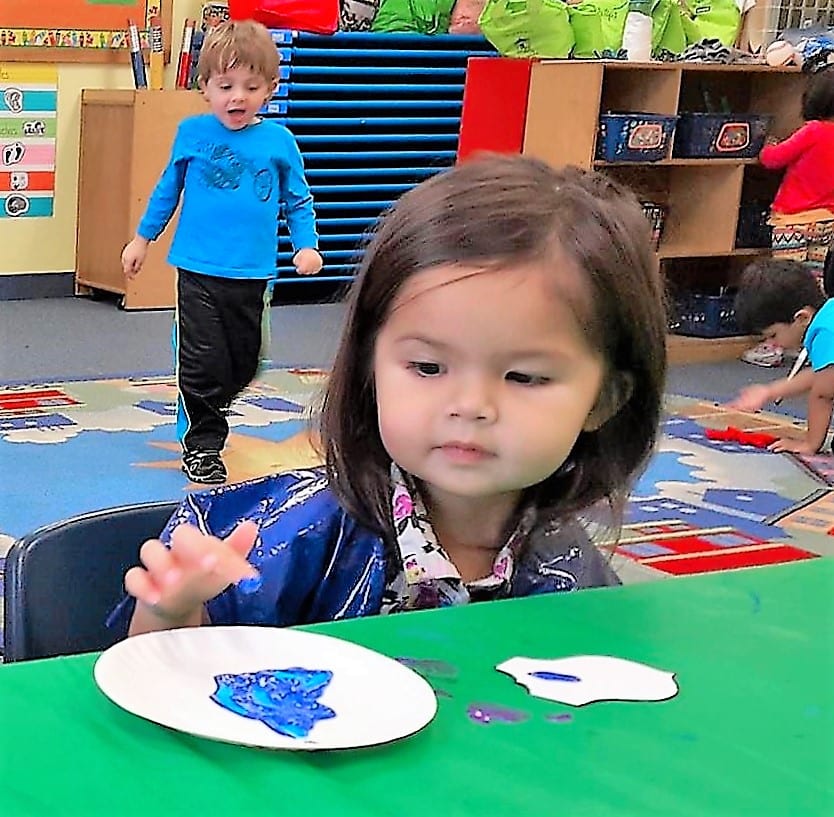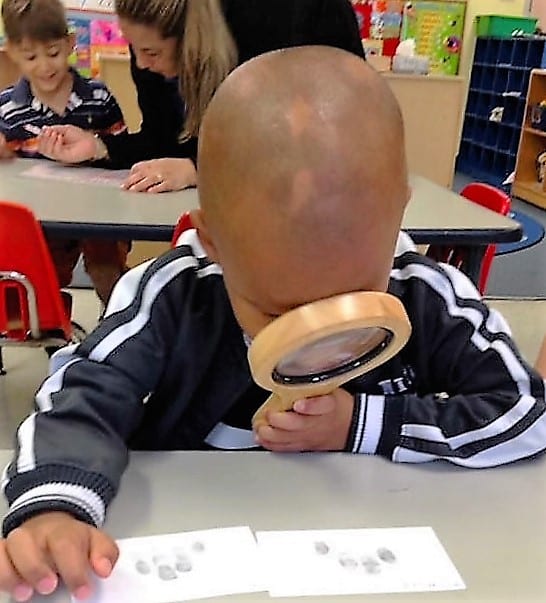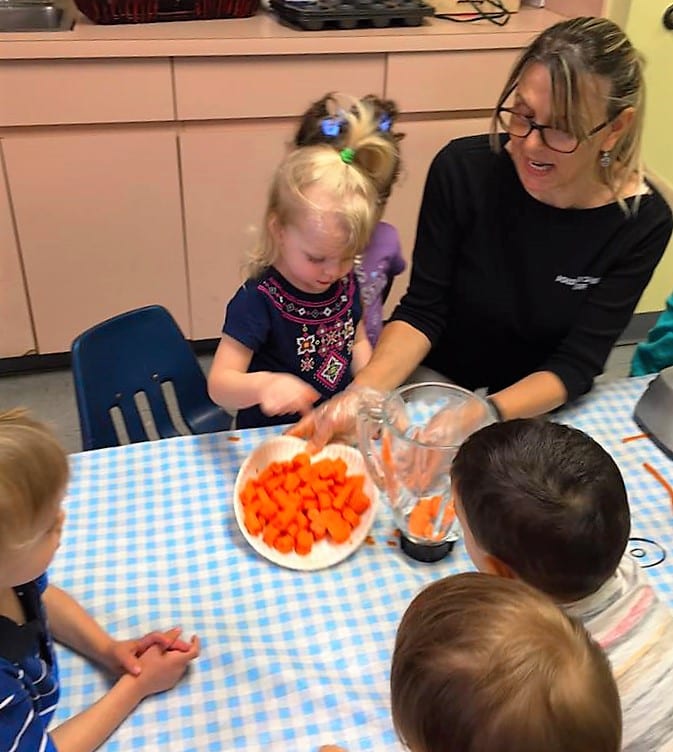Tips for Teaching Your Child About Personal Safety
Tips for Teaching Your Child About Personal Safety
Adapted from Lexi Walters Wright
When it comes to personal safety, kids with learning and attention issues may be more vulnerable than other kids.
So how can you teach your child about “safe” and “unsafe” people?
1. Say it early, often and very clearly.
Tell your child: “Never go with anyone unless you come and ask me.”
2. Talk about uncomfortable feelings
Keeping it low-key, talk about situations you know would make your child uncomfortable. Ask him if he’s ever been in one and to describe how he felt. Thinking through those situations now can help keep him safe later. But if he seems fearful while you’re talking, back off and discuss what he’s feeling at that moment. Then talk through the scenario another time. 
3. Talk about “tricky people.”
The concept of strangers can be confusing to some kids. And some unsafe people are people kids know. One way to explain who to watch out for is to discuss “tricky people.” When your child is young, say, “Most people are pretty good. But some people have problems and they’re not so good. It’s my job to protect you from them.” As your child gets older, you can add that he’s in charge of his safety, too.
4. Be specific.
Explain to your child some of the uncomfortable things unsafe people may do. For instance, they may pay a lot of attention to kids and even give them presents. They may be physical with kids even when kids ask them to stop. Unsafe people may also use inappropriate words to comment on how kids look. And unsafe strangers may ask a child for directions or to help them look for something, like a lost dog.
5. Role-play different scenarios.
Make sure your child knows it’s OK to say no to people he knows and doesn’t know. Talk through what he’d do in situations that involve strangers. What if the manager at the skating rink asks him to carry something out to his car? Act out situations that involve people your child’s familiar with, too. What if a neighbor he doesn’t know very well invites him in for a snack? Or if a relative keeps asking him for “hugs and kisses”?
6. Make him the “boss” of his body.
Tell your child that no one can touch his body in a way that makes him uncomfortable. (That especially goes for bathing suit areas.) If your child has to have physical exams with a doctor, attend the appointment with him and ask the physician to explain what she’s doing, to give more meaning to the exam.
7. Give simple steps for scary situations.
Tell your child that as soon as he feels uncomfortable at all, he should take the following steps: 
Step 1: Loudly say, “NO!” (For kids who may have been constantly told to use their “inside voice,” this can feel unnatural.)
Step 2: Run away. (Kids may not be used to being allowed to run from adults. Emphasize how important this is!)
Step 3: Find a trusted adult. (If your child is out in public and can’t find you, tell him to look for a mom who has kids with her.)
8. Discuss online stranger safety.
Personal safety extends to your child’s digital life, too, starting at ever-younger ages. Learn how to protect your child against online predators.
9. Keep the safety conversations coming.
Personal safety isn’t something you can bring up just once to your child. It needs to be part of regular, calm discussions. Start them when kids are very young, and get more detailed in discussions as kids get older.
To read the original article please click here




 Many New Year’s resolutions focus on developing healthy habits. Here’s one that is important to make and keep: provide a regular diet of books and reading for your preschooler.
Many New Year’s resolutions focus on developing healthy habits. Here’s one that is important to make and keep: provide a regular diet of books and reading for your preschooler. be a part of ensuring your preschooler gets 20 minutes of being read to each day.
be a part of ensuring your preschooler gets 20 minutes of being read to each day.

 Mix whatever shaped cooked pasta you like with some mixed veggies. Once it’s cooked mix in some tinned tuna or other fish, a drizzle of olive oil and some dried oregano – serve it hot or cold. Delicious and so simple!
Mix whatever shaped cooked pasta you like with some mixed veggies. Once it’s cooked mix in some tinned tuna or other fish, a drizzle of olive oil and some dried oregano – serve it hot or cold. Delicious and so simple! During the preschool years, many young children will be able to recite or sing the alphabet. They may begin to recognize familiar letters, especially letters in their own names. Children who have been read to frequently pretend to read books to themselves or to their toy dolls and animals. They use their own words or phrases from the story.
During the preschool years, many young children will be able to recite or sing the alphabet. They may begin to recognize familiar letters, especially letters in their own names. Children who have been read to frequently pretend to read books to themselves or to their toy dolls and animals. They use their own words or phrases from the story. 

 What is STEM?
What is STEM?  many – a few being that
many – a few being that
 languages. In fact, research shows that bilingual children have greater mental flexibility, which may clarify math and in general many concepts.
languages. In fact, research shows that bilingual children have greater mental flexibility, which may clarify math and in general many concepts. ids patience…three easy ways?
ids patience…three easy ways?
 TIP 1: DON’T RUSH THROUGH THE MORNING.
TIP 1: DON’T RUSH THROUGH THE MORNING.
 Just remember, it’s common for kids to have a difficult time separating, however chances are she’ll be fine five minutes after you walk out the door. If it’s taking a while for your little one to adjust, don’t panic – our preschool teachers and their assistants have seen it all and they know just what to do, so ask his teacher for help. You’ll be pleasantly surprised at pickup seeing your child very happy and busy!
Just remember, it’s common for kids to have a difficult time separating, however chances are she’ll be fine five minutes after you walk out the door. If it’s taking a while for your little one to adjust, don’t panic – our preschool teachers and their assistants have seen it all and they know just what to do, so ask his teacher for help. You’ll be pleasantly surprised at pickup seeing your child very happy and busy! Critical thinking skills, or for that matter much of early-childhood education takes place right at home, months or years before students begin preschool. Children learn to speak and to walk, to color and to cut with scissors as well as developing their critical thinking from the individuals around them. Children develop these important thinking skills as they learn to cooperate with their peers and when they learn to read short picture books independently.
Critical thinking skills, or for that matter much of early-childhood education takes place right at home, months or years before students begin preschool. Children learn to speak and to walk, to color and to cut with scissors as well as developing their critical thinking from the individuals around them. Children develop these important thinking skills as they learn to cooperate with their peers and when they learn to read short picture books independently.

 of this. Play will allow a three year old to become active members of the classroom, and eventually society when preschool is play to learn focused.
of this. Play will allow a three year old to become active members of the classroom, and eventually society when preschool is play to learn focused. used in the preschool classroom. A great teacher will create lessons for the individual child based on his/her entire or whole personality; based on the individual students’ level of development. A preschool teacher knows that the classroom is set for the child and his needs. Therefore, the teacher will see the potential in a child, yet he might be lacking is social skills that might lead to a student without friends or self-esteem. The way to nip this in the bud would be slowly and with care helping the student break out of her shell by inviting her over to a group of children playing and working together. This will connect her to others creating a feeling of confidence and joy. If a teacher notes that a student is having trouble with large or small muscle skills; she will focus a range of ways to build these skills depending on the age of the preschooler. For the inquisitive student who is advanced the preschool teacher must be prepared with individual (or group) fun learning activities that will enrich these children. The challenge of assuring that the whole child is taught while at the same time keeping the classroom filled with individual activities is a challenge for preschool teachers. When your child runs into preschool excited to “play”, as parents you can be certain the preschool and the teachers are the best of the best as they mold their curriculum for their individual student with love and care.
used in the preschool classroom. A great teacher will create lessons for the individual child based on his/her entire or whole personality; based on the individual students’ level of development. A preschool teacher knows that the classroom is set for the child and his needs. Therefore, the teacher will see the potential in a child, yet he might be lacking is social skills that might lead to a student without friends or self-esteem. The way to nip this in the bud would be slowly and with care helping the student break out of her shell by inviting her over to a group of children playing and working together. This will connect her to others creating a feeling of confidence and joy. If a teacher notes that a student is having trouble with large or small muscle skills; she will focus a range of ways to build these skills depending on the age of the preschooler. For the inquisitive student who is advanced the preschool teacher must be prepared with individual (or group) fun learning activities that will enrich these children. The challenge of assuring that the whole child is taught while at the same time keeping the classroom filled with individual activities is a challenge for preschool teachers. When your child runs into preschool excited to “play”, as parents you can be certain the preschool and the teachers are the best of the best as they mold their curriculum for their individual student with love and care.